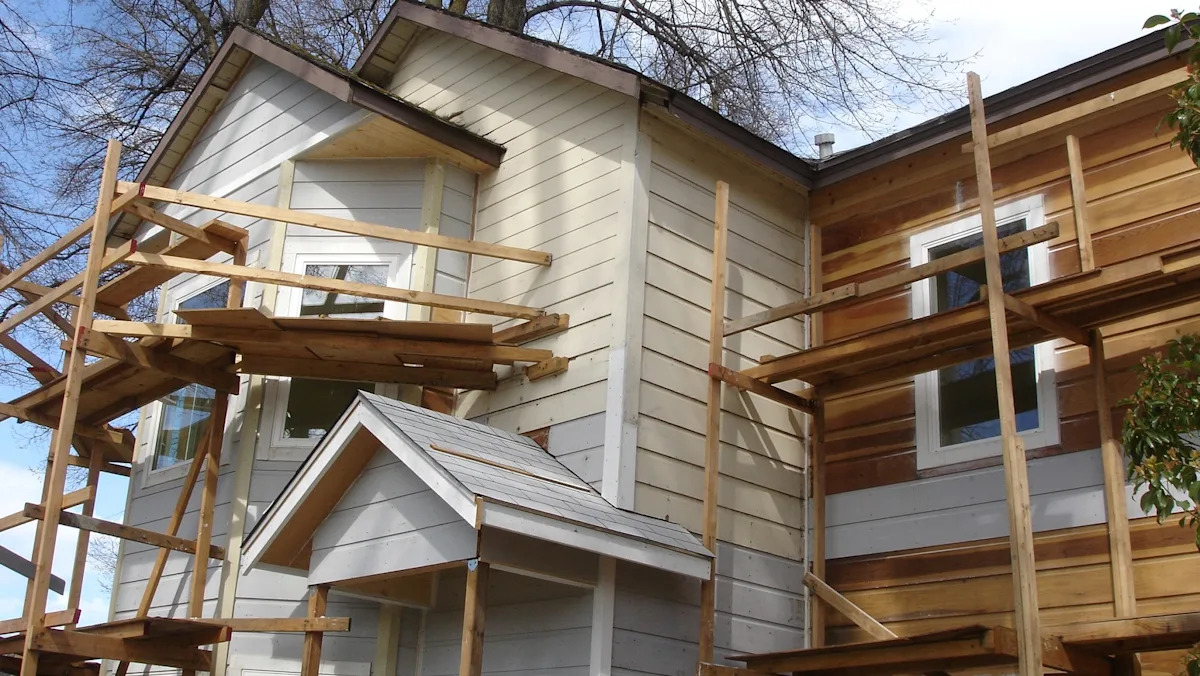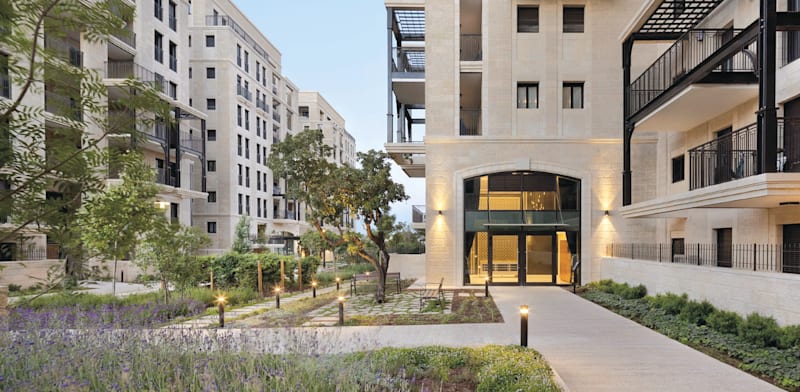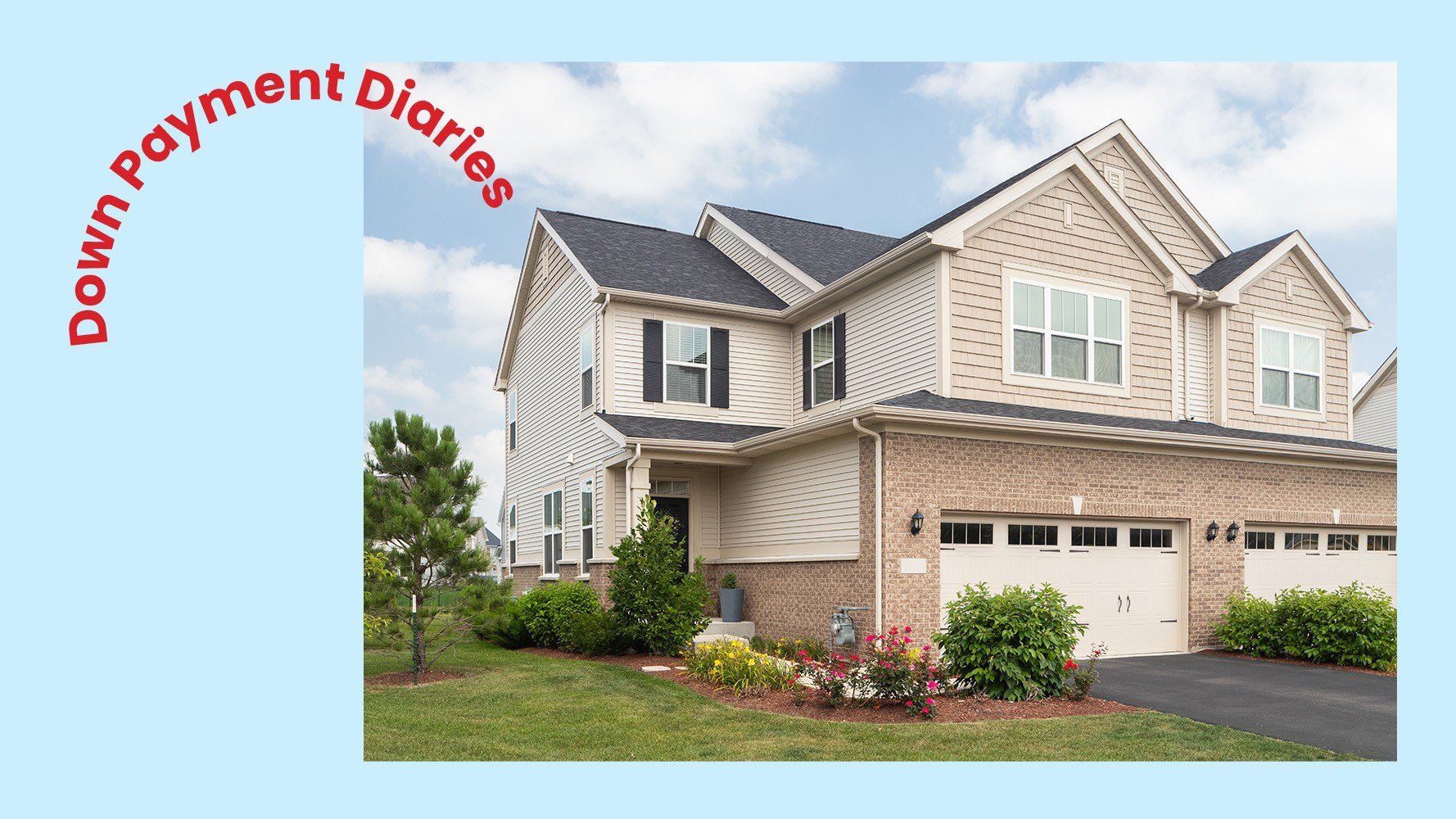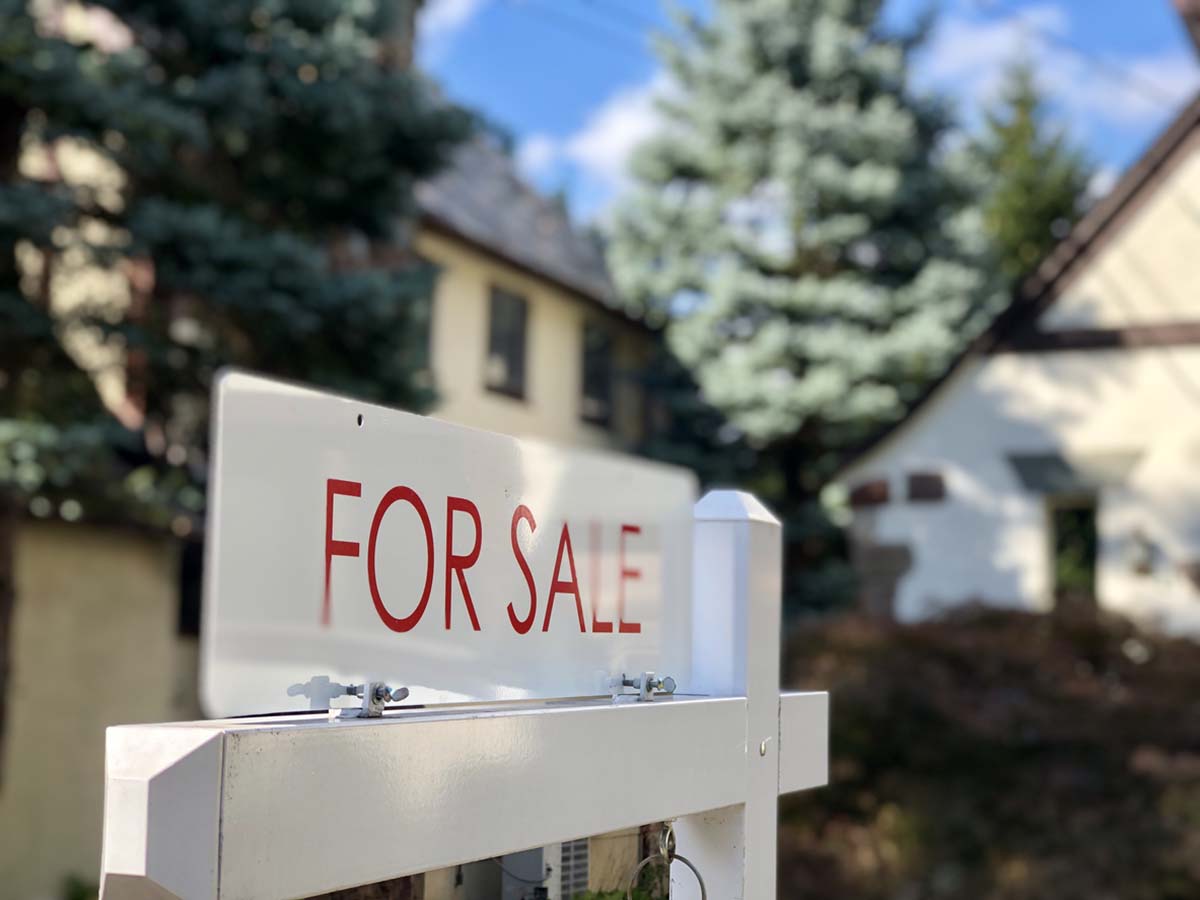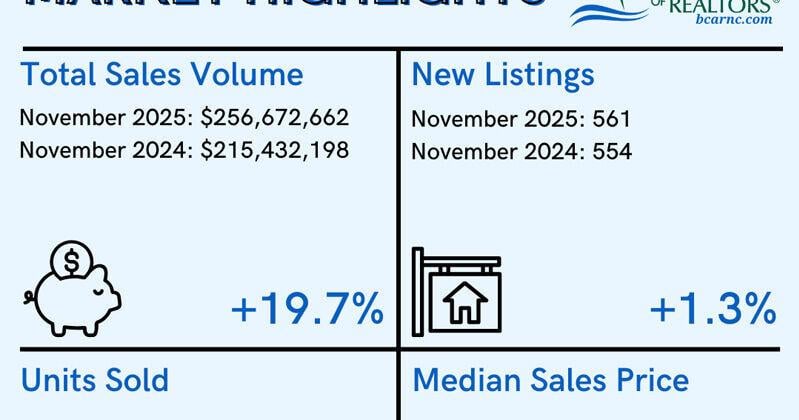B
lackstone’s COO Jonathan Gray told investors in July that the commercial‑real‑estate rebound is “when, not if,” noting that the recovery’s foundations are already forming.
Equity fundraising for private real‑estate funds is accelerating. Avison & Young reports a 16 % year‑to‑date rise in equity raises, while Cushman & Wakefield finds $20 billion raised for North American private‑debt funds—second only to 2021. With $86 billion secured through August, 2025 is poised to surpass the pre‑pandemic 2019 peak.
Marion Jones of Avison Young observes that institutions are re‑entering the market, but it is private capital that is driving the surge. She calls it a “generational reset” in property‑sale pricing, spurred by the pandemic, e‑commerce growth, and generative AI. The CRE debt market hit a turning point mid‑2024; property values plateaued, and the Fed signaled a pause in rate hikes. Transaction volume in the first half of 2025 rose 25 % over the same period in 2024, and loan origination jumped 30 % YoY, according to Cushman & Wakefield.
Key players are amassing large funds: Brookfield Strategic Real Estate Partners V ($16 billion), Carlyle Realty Partners X ($9 billion), and Blackstone’s two funds ($20 billion). Rob Stuckey, Carlyle’s U.S. real‑estate head, says the improving fundamentals and tight liquidity make this a prime investment window.
The trend reflects broader appetite for alternative private assets. Robby Tandjung of Altus Group notes that the Stanger Market Pulse projects a 2025 total of $200 billion for all alternative vehicles—including Opportunity Zone funds and private REITs—potentially a record. The surge is partly due to foreign investors’ caution over the proposed Section 899 “revenge tax,” which was omitted from the One Big Beautiful Bill.
Consolidation is evident: 51 % of fund closings this year by dollar volume came from the top ten funds, the highest rate ever, says Cushman & Wakefield’s Adrian Ponsen. This reflects a preference for secure, proven bets ahead of a recovery. Large funds are targeting $100 million-plus deals, focusing on marquee, high‑ticket assets with low occupancy risk—such as flagship malls or Class A apartments in tight markets. Stockbridge, for instance, has acquired several distribution centers in California and Georgia.
Sector focus is shifting. Among the 20 largest non‑secondary funds closed this year, only four target data centers exclusively; 13 focus on multifamily or industrial assets. In H1, 35 % of funds were dedicated to data centers versus 34 % to multifamily, indicating diversification amid the AI boom.
Institutional investors are re‑engaging with core property types. A PERE report at a CalSTERS event urged the California pension fund to invest in industrial and multifamily assets when dry powder is available. Ponsen attributes the funding rush to the end of the pandemic‑era speculative development cycle, which has made supply‑demand dynamics more favorable. Blackstone CEO Stephen Schwarzman echoed this, noting falling new supply, lower debt costs, and rising transaction activity.
Other markets are less attractive: corporate bond spreads are at their tightest in 25 years, and stock P/E ratios hover near all‑time highs, pushing investors toward yield‑seeking alternatives like commercial real estate.
Redemption queues in institutional funds have shrunk from 24 % last year to about 13 % now, approaching the healthy 5–7 % range, signaling growing confidence and less liquidity pressure. Limited partners are receiving distributions, some for the first time in years. Federal policy uncertainty—tariffs, trade, and other shifts—has not materialized into the worst‑case scenarios investors feared.
18 REITs recently revised forecasts upward to account for new tariff insights, all upgrading estimates. Jones predicts a rebound in office deals by 2026, creating a virtuous cycle that frees capital for further fundraising and transactions. Institutional investors still hold legacy assets they plan to divest, but are fine‑tuning the timing.



